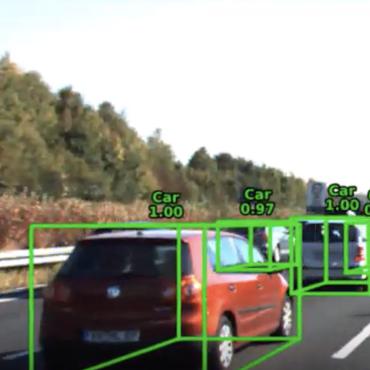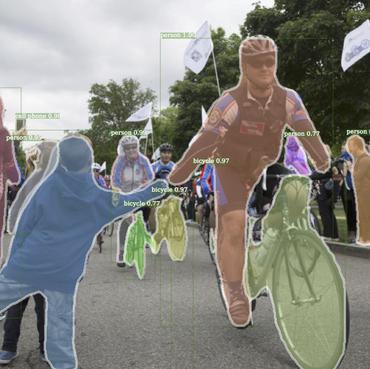Aerial Monocular 3D Object Detection
Drones equipped with cameras can significantly enhance human ability to perceive the world because of their remarkable maneuverability in 3D space. Ironically, object detection for drones has always been conducted in the 2D image space, which fundamentally limits their ability to understand 3D scenes. Furthermore, existing 3D object detection methods developed for autonomous driving cannot be directly applied to drones due to the lack of deformation modeling, which is essential for the distant aerial perspective with sensitive distortion and small objects. To fill the gap, this work proposes a dual-view detection system named DVDET to achieve aerial monocular object detection in both the 2D image space and the 3D physical space. To address the severe view deformation issue, we propose a novel trainable geo-deformable transformation module that can properly warp information from the drone's perspective to the BEV. Compared to the monocular methods for cars, our transformation includes a learnable deformable network for explicitly revising the severe deviation. To address the dataset challenge, we propose a new large-scale simulation dataset named AM3D-Sim, generated by the co-simulation of AirSIM and CARLA, and a new real-world aerial dataset named AM3D-Real, collected by DJI Matrice 300 RTK, in both datasets, high-quality annotations for 3D object detection are provided. Extensive experiments show that i) aerial monocular 3D object detection is feasible; ii) the model pre-trained on the simulation dataset benefits real-world performance, and iii) DVDET also benefits monocular 3D object detection for cars. To encourage more researchers to investigate this area, we will release the dataset and related code in https://sjtu-magic.github.io/dataset/AM3D/.
PDF Abstract




 KITTI
KITTI
 CARLA
CARLA
 AirSim
AirSim